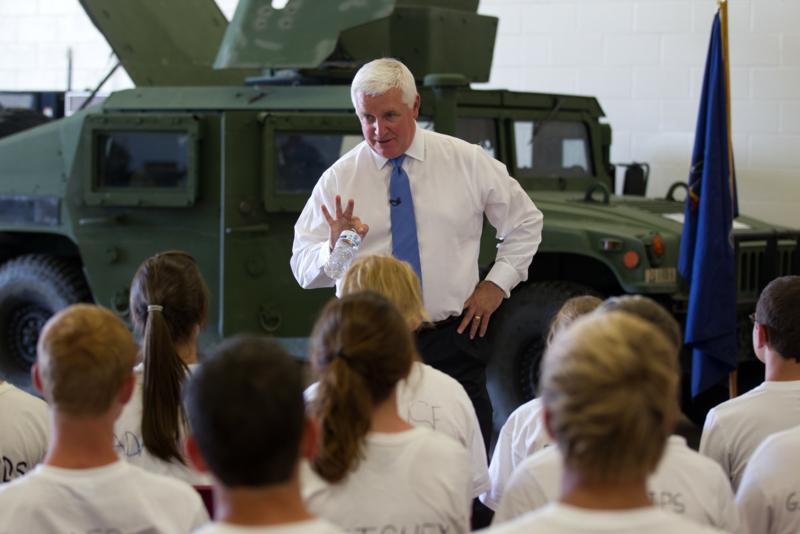Corbett Would Sign Driver Cell Phone Ban
Delaware, Maryland and New York all ban hand-held cell phones and texting behind the wheel. Will Pennsylvania be next? Governor Tom Corbett would sign such legislation. Responding to a listener email on Radio PA’s “Ask the Governor” program, Corbett described how he spends a lot of time on the road these days. Invariably, Corbett says, they’ll pull up beside an erratic driver to find them “texting away.”
It’s not a new issue in the Pennsylvania General Assembly, but one of the big holdups has often been whether to make this sort of distracted driving a primary or secondary offense. Governor Corbett says it doesn’t matter to him, and it doesn’t seem to matter to advocates at AAA either. “A motorist out there really doesn’t know the difference between primary and secondary. A law’s a law,” says AAA Mid-Atlantic spokesman Jim Lardear.
For instance, Pennsylvania’s seat-belt law is a secondary offense, but PennDOT reports the use rate was 86% last year.
Two bills currently await additional action in the state House. HB 8 originally addressed only texting while driving, but it was amended to add hand-held cell phones as a primary offense. SB 314 originally made both actions a secondary offense, but it was amended to make texting while driving a primary offense.














